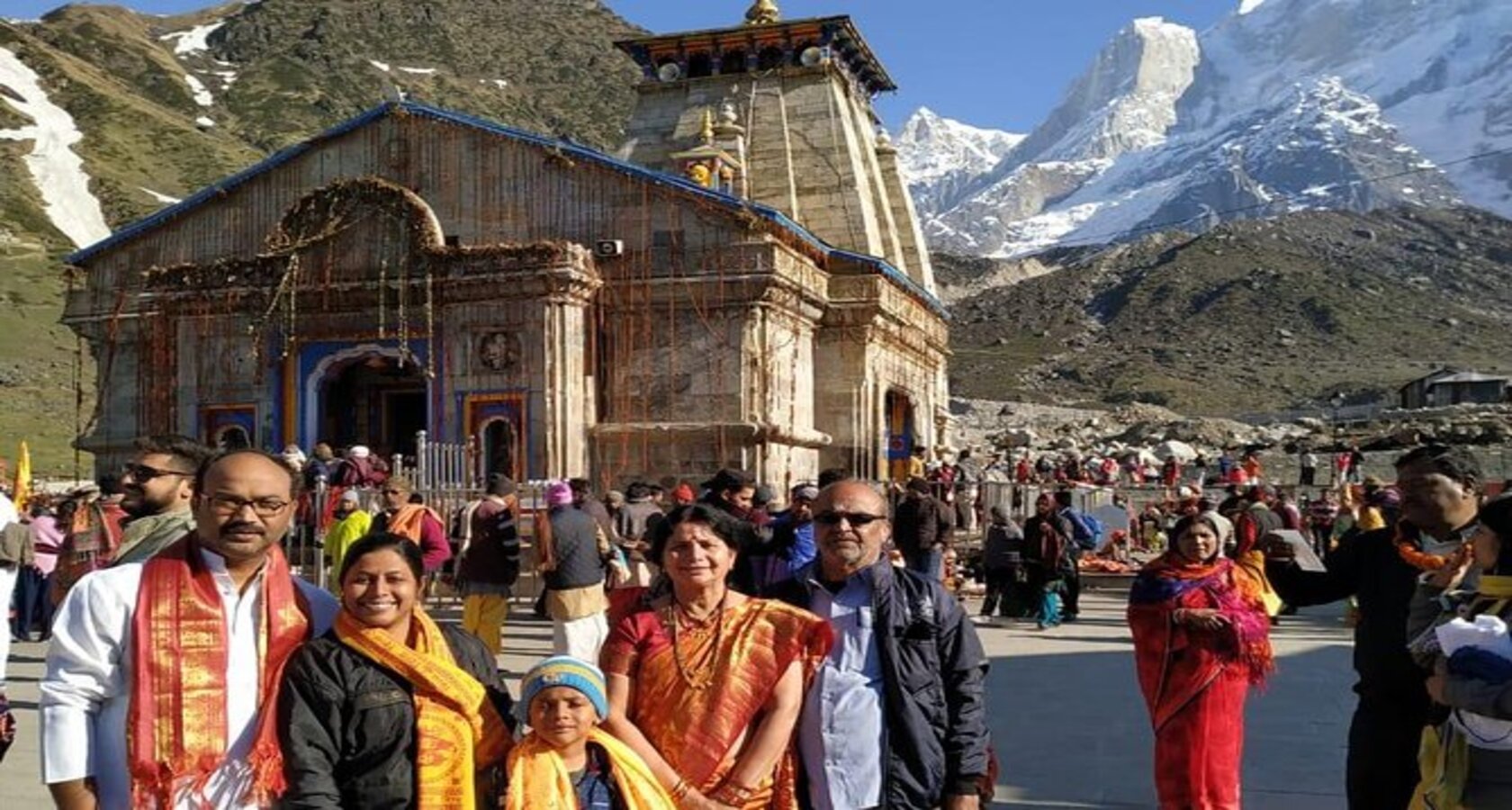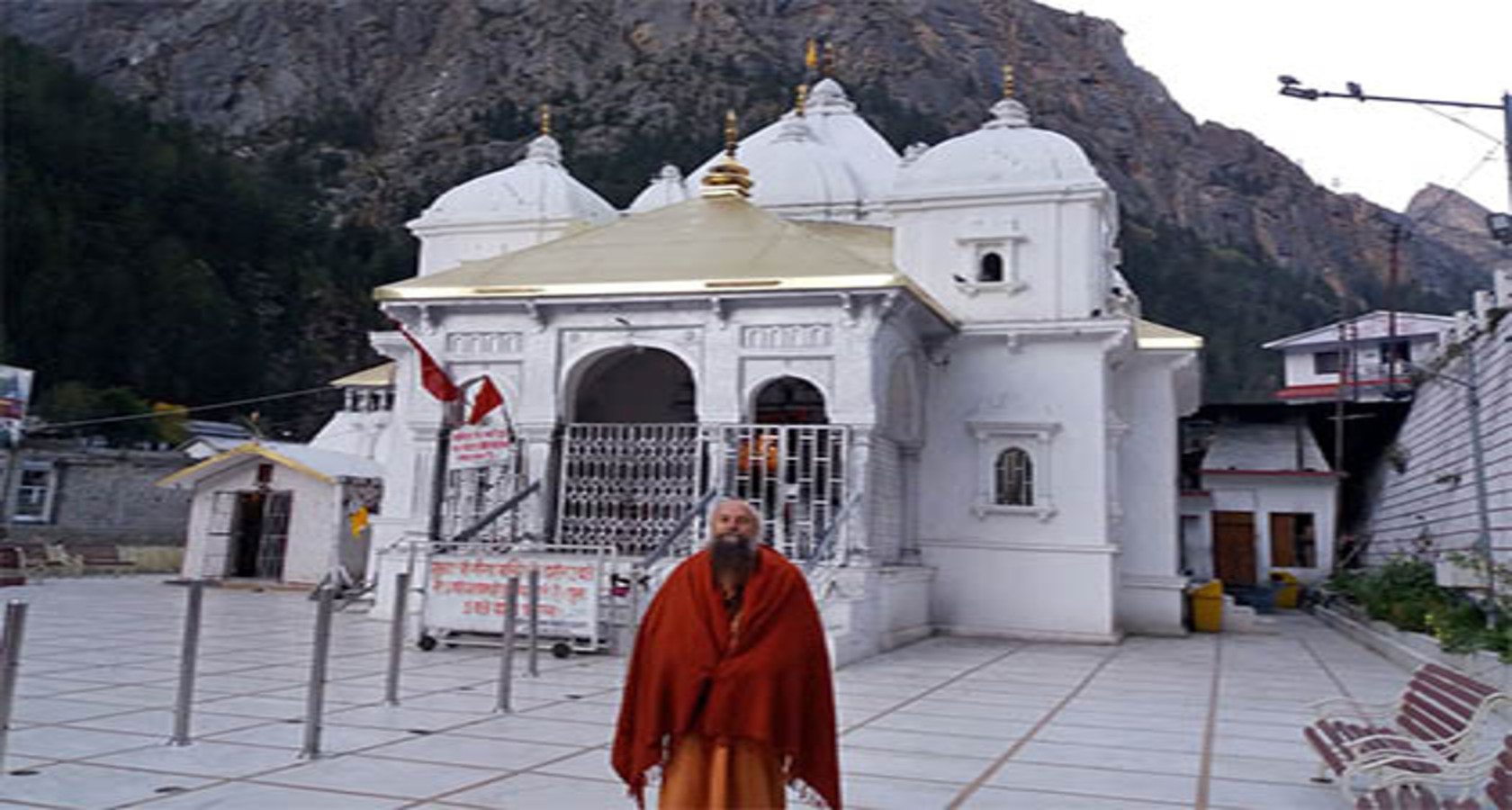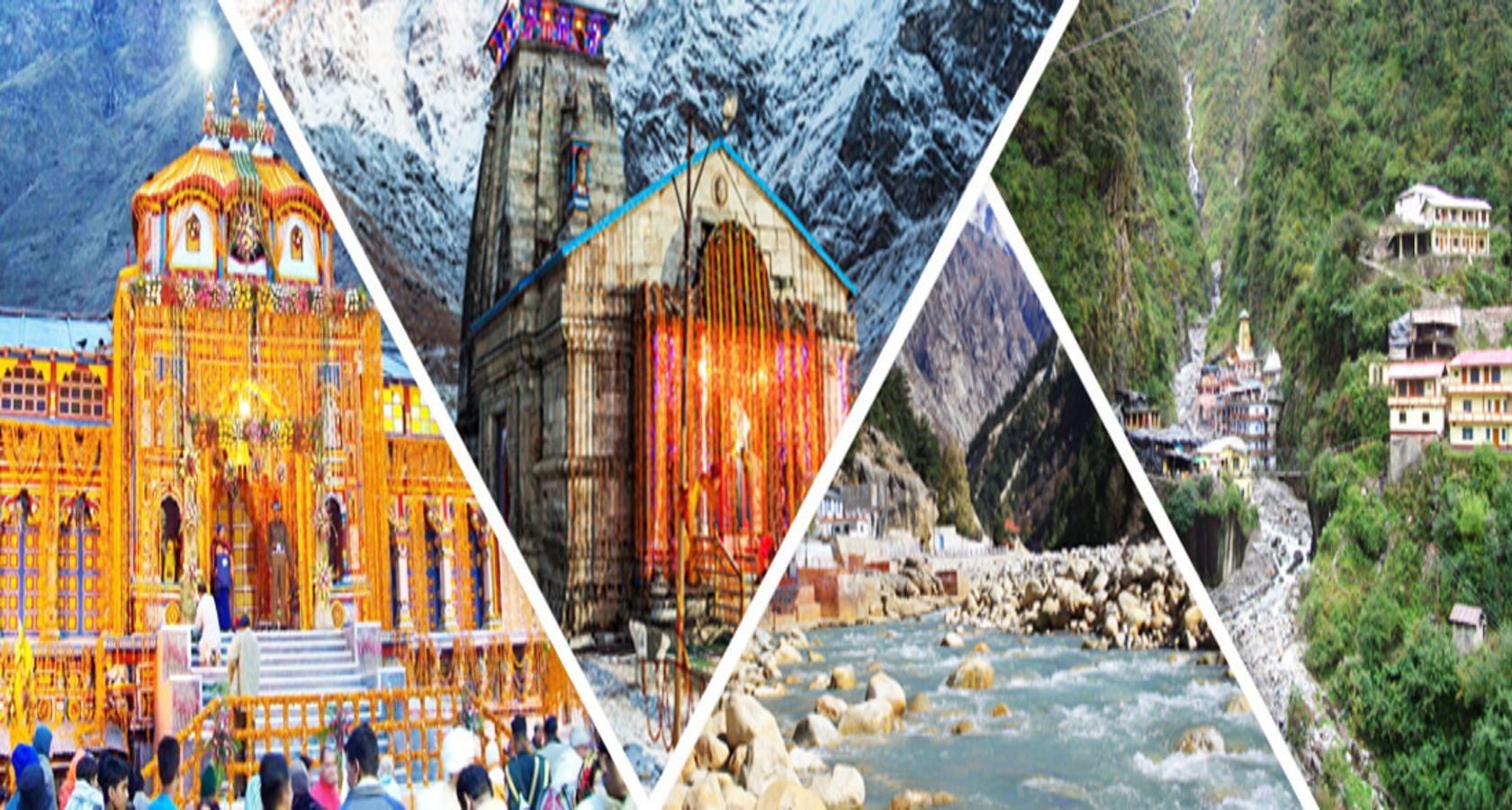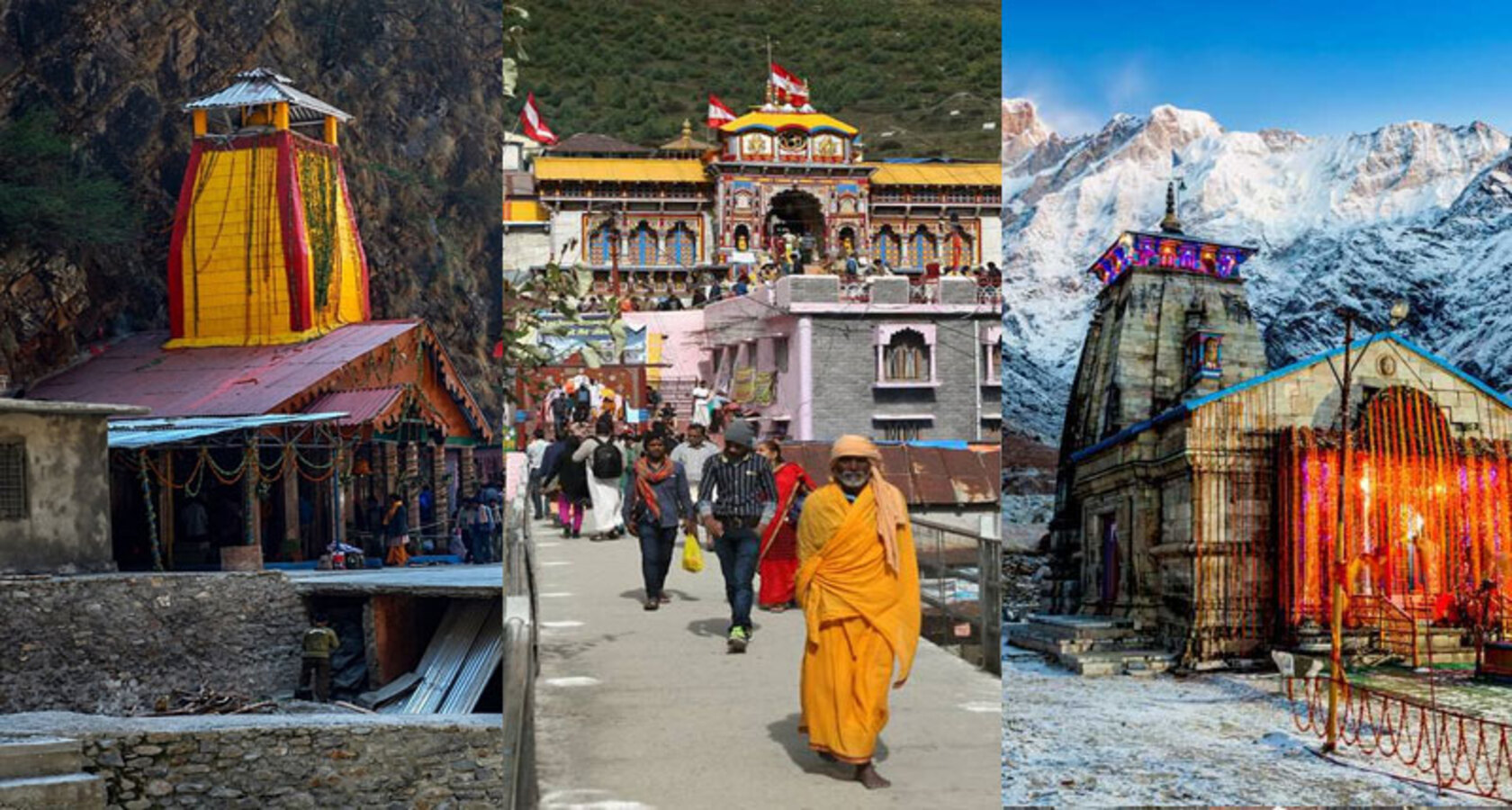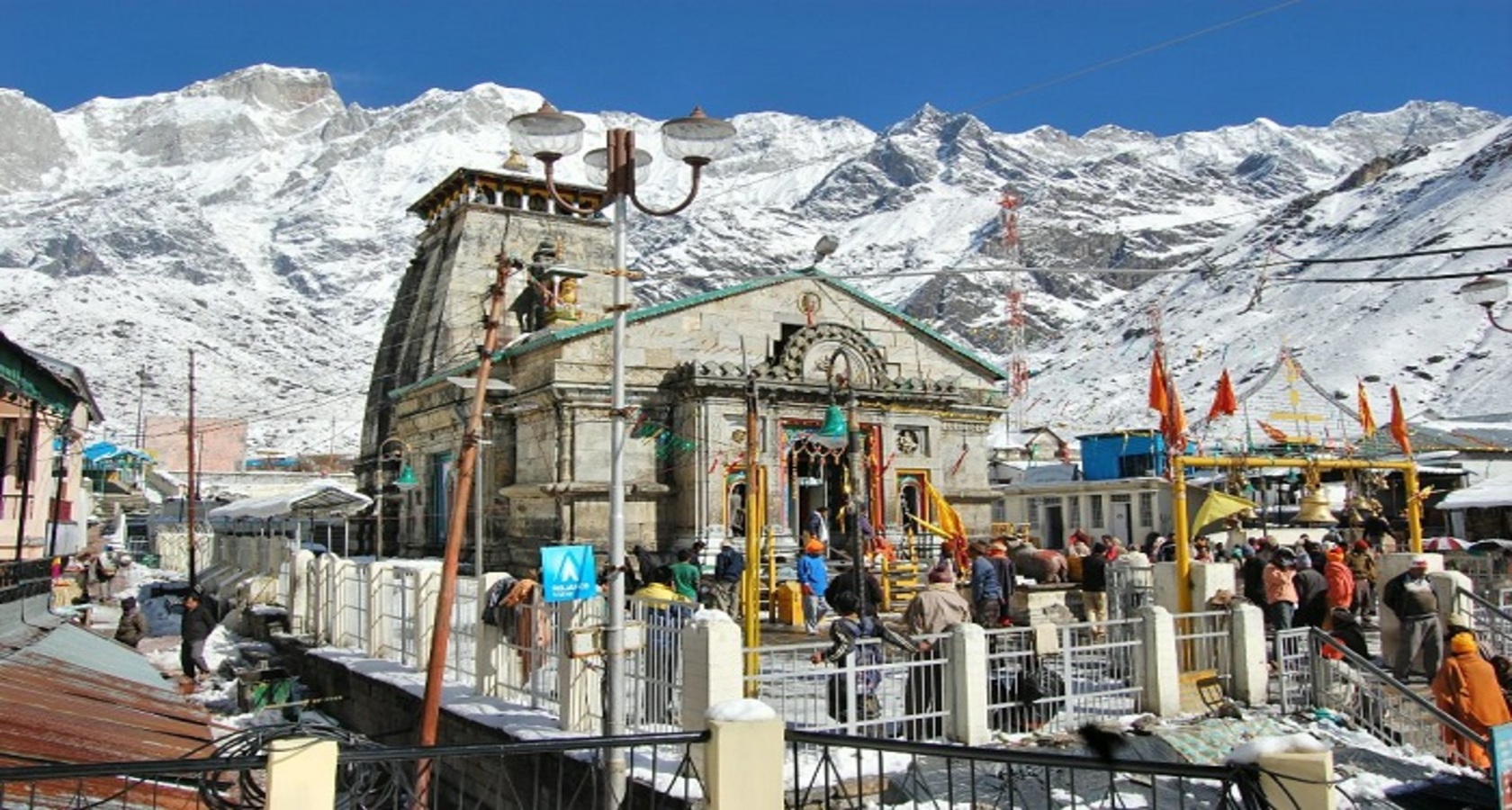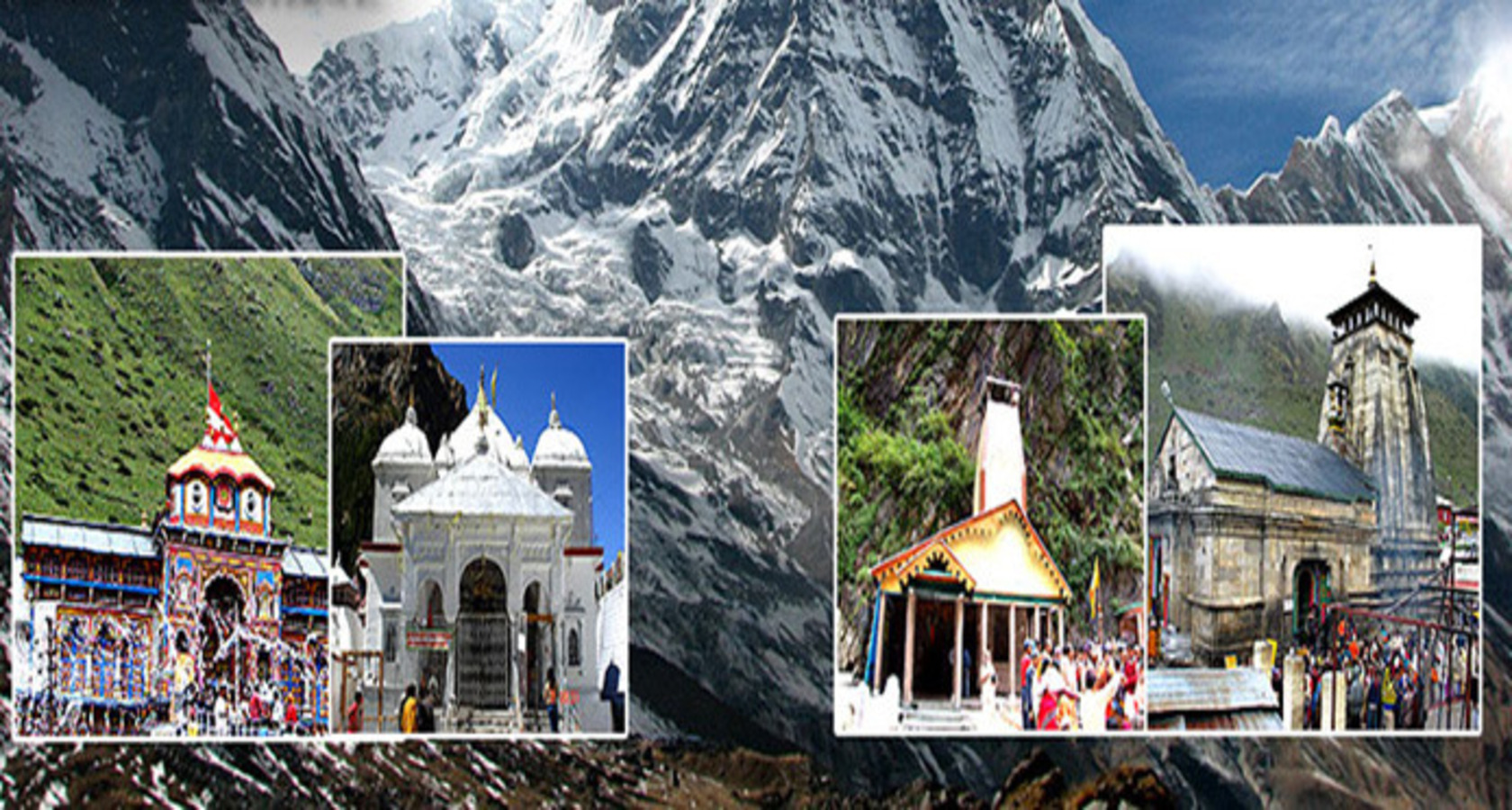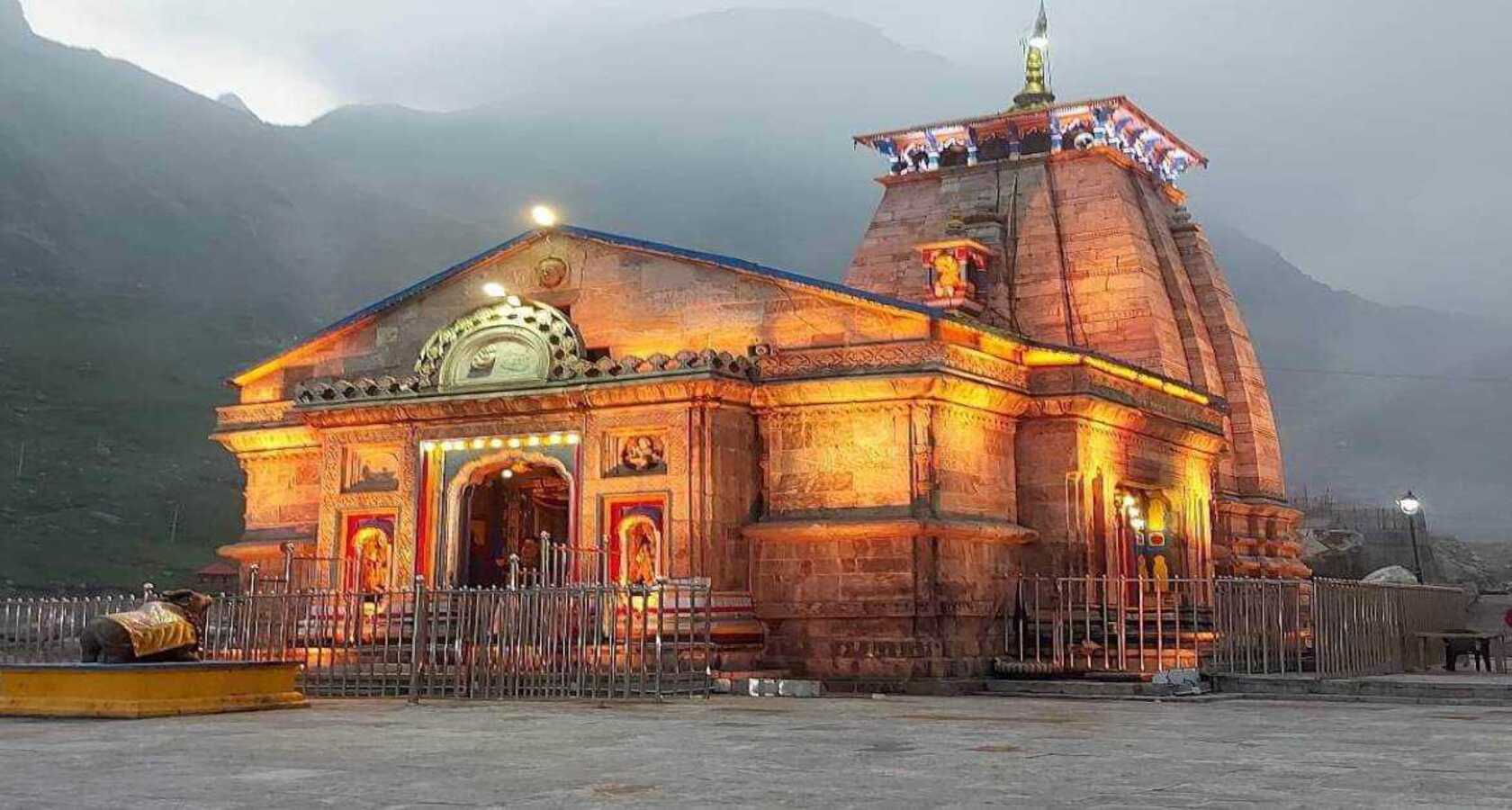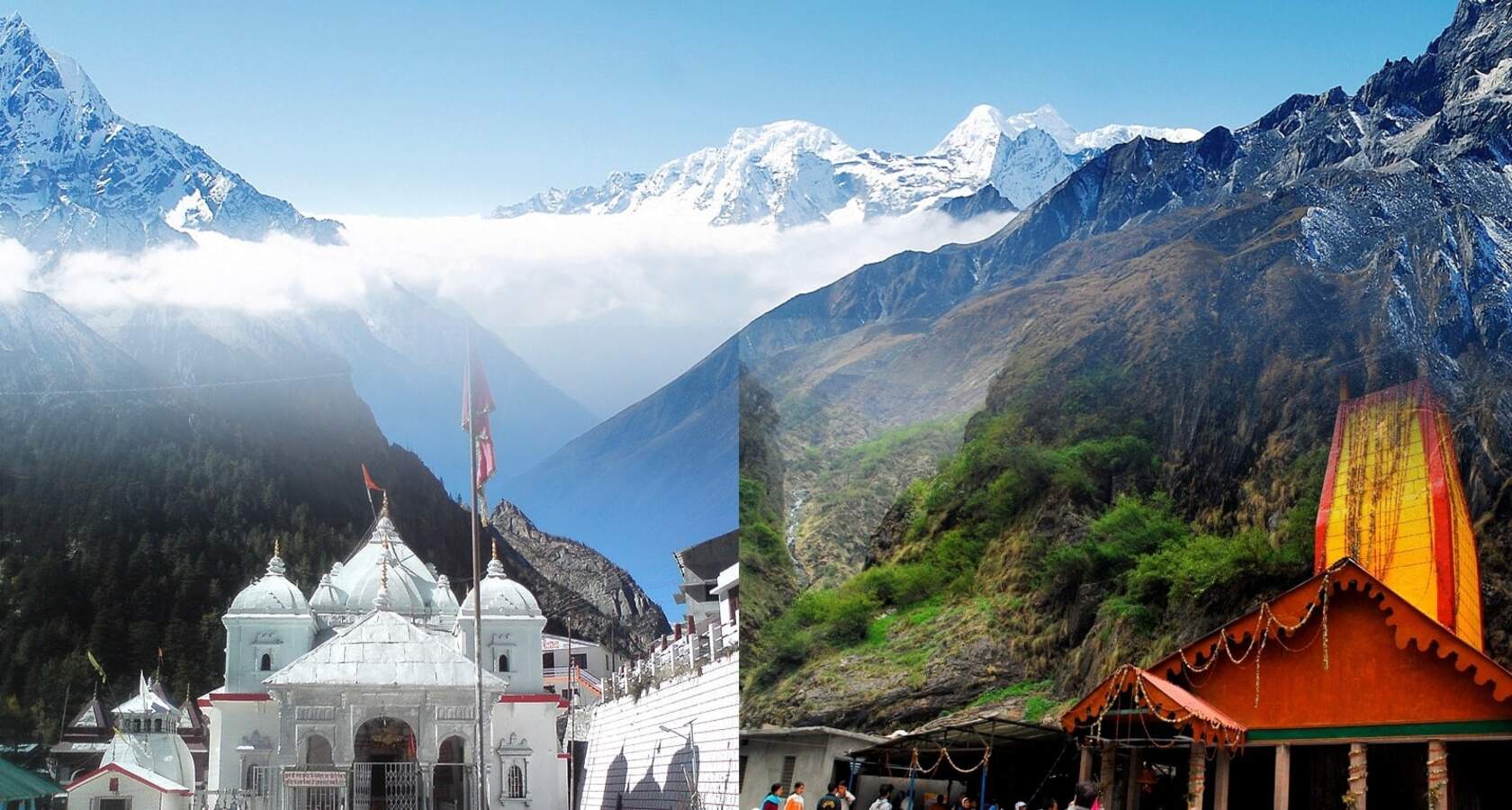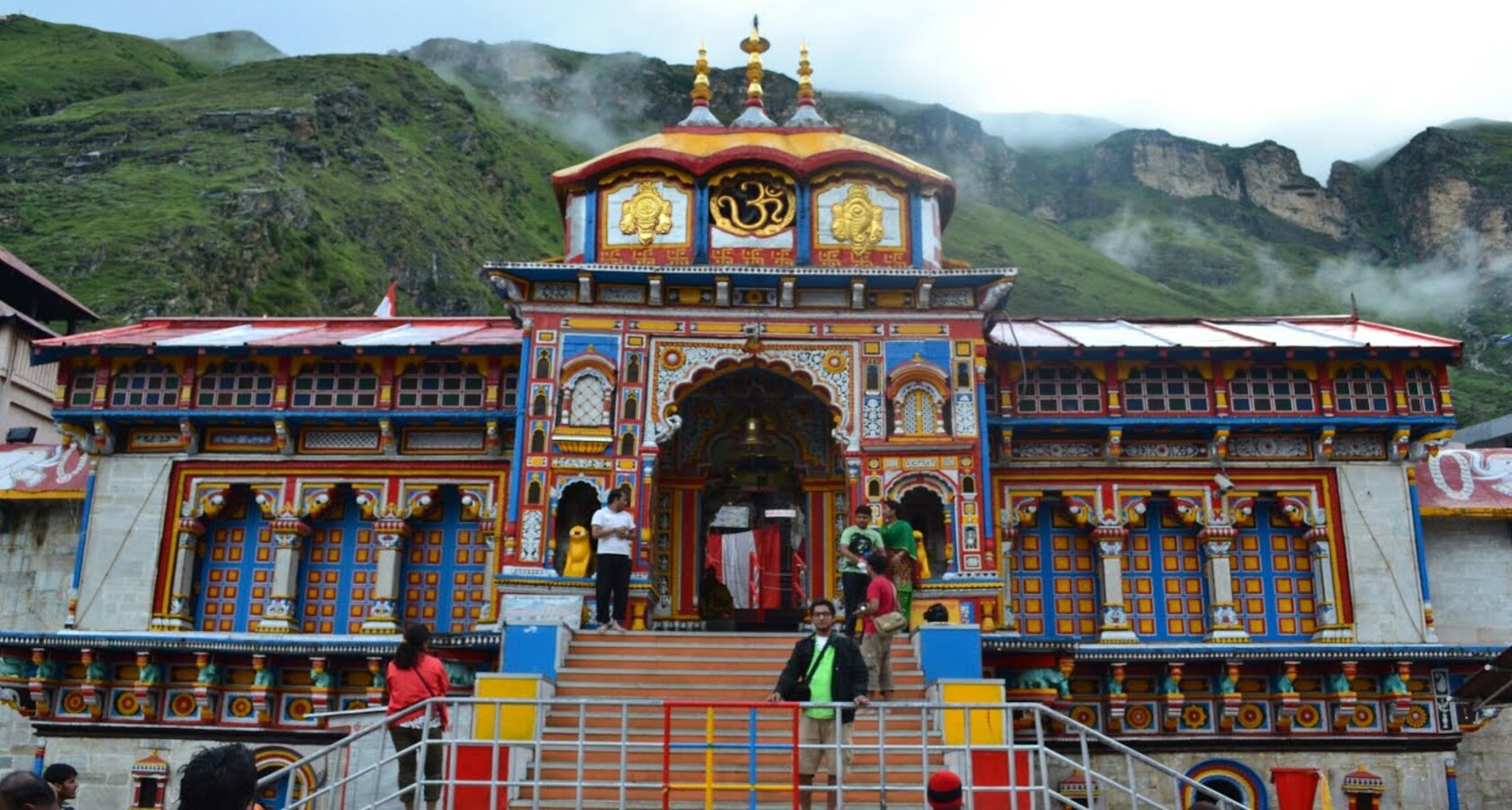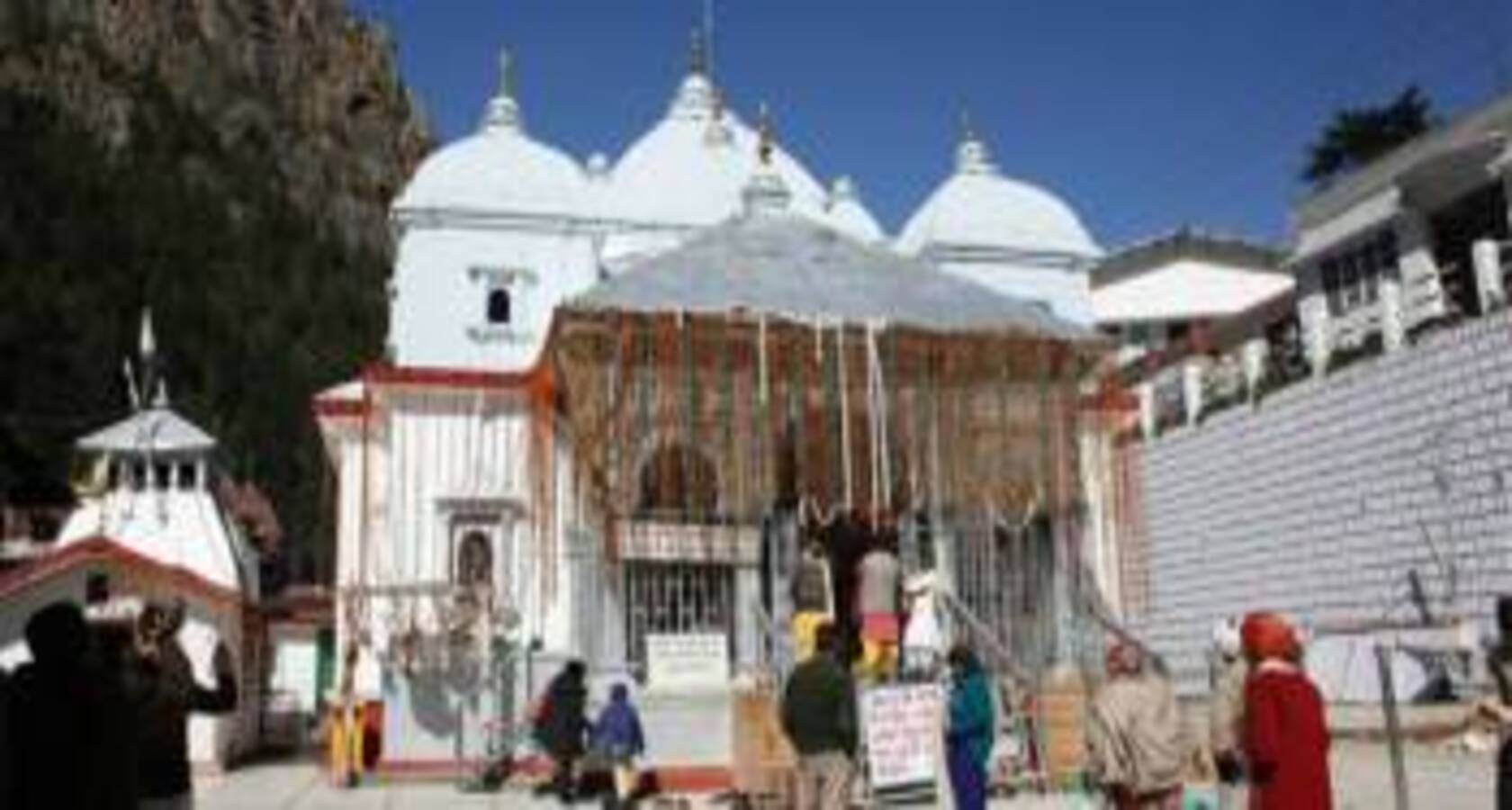
Chardham Yatra with Mussoorie Tour Cost:15,000 Per Person Group Tour.
Day 1 of the Chardham Yatra From Mussoorie itinerary: Arrive at Mussoorie and continue on to Barkot (92 km, 3–4 hours by car).
A representative from Char-dham-yata.in India will greet you at the bus station or at the client's address once you get to Mussoorie. After meeting you, our agent will give you the specifics of the tour. After that, begin your journey from Mussoorie. Along the route, you see Kempty Falls and other locations. After that, you will reach Barkot. Check into the hotel you reserved in advance when you arrive. Spend the night in the hotel.
DAY 2: Travel to Yamunotri Dham today and return to the Barkot Hotel (46 km by car and 06 km by "one side" hike).
After breakfast the following morning, we set out for Yamunotri. Starting from Balkot will bring you to Jankichatti/Poruchatti, from whence you will begin the 6 km hike to Yamunotri. To get to Yamunotri with little walking, you can also ride a horse or pony if you would like.
The Yamuna River originates at Yamunotri, a major pilgrimage destination tucked away in Uttarakhand's Garhwal Himalayas. For instance, the primary destination is the ancient temple known as Yamunotri Temple, which is devoted to the goddess Yamuna. In order to obtain the blessings of the deity, pilgrims set out on a difficult journey. Surya Kund Rice and potatoes are cooked by devotees at a hot spring close to the temple and offered to the deity as prasad, or holy food.
Even though this water is hot, it is used to make prasad.Divya Shila Before entering the Yamunotri Temple, worshippers offer prayers on a hallowed granite pillar close to the entrance. It is thought to be a depiction of the god. Starting from the charming town of Janki Chatti, the journey to Yamunotri begins. It provides pilgrims with lodging and refreshment options, acting as a base. Spend the night at the hotel.
DAY 3: The following day, depart from the Barkot Hotel and travel 100 kilometers (five hours) to Uttarkashi.
After breakfast on the third day, leave for Uttarkashi. It takes two to three hours to drive from Barkot to Uttarkashi, which is 80 miles away. Check into the hotel you have reserved in advance when you arrive in Uttarkashi. Visit the well-known Vishwanath Temple to obtain heavenly blessings after resting at your accommodation.
A blend of spirituality, scenic beauty, and cultural diversity may be found in the areas between Barkot and Uttarkashi, transforming your trip from a simple shift into an investigation of the Himalayan region's many dimensions. Explore Uttarkashi, a town on the banks of the Bhagirathi River, as you get closer. Take in the serene surroundings while visiting the Nehru Institute of Mountaineering and the Vishwanath Temple.
Visit the Vishwanath Temple today.
DAY 4: See Gangotri Dham today and head back to the Uttarkashi Hotel (100 km, 5 hours each way).
After breakfast the following morning, we will set out to go from Uttarkashi to Gangotri. Gangotri is a two to three hour trip from Uttarkashi, which is 100 miles away. The stunning Bhagirathi River, Harsil village, and the breathtaking Himalayas will all be visible along the route. Next, arrive at the temple of Gangotri. The Goddess Ganga resides at the Gangotri temple. You may see the Gangotri temple, Bhagirath Shila, Surya Kund, and more here. Return in the evening to Uttarkashi.
Gangnani Hot Spring: Known for its healing qualities, Gangnani is home to natural hot springs. The mineral-rich springs that erupt from the ground are said to have therapeutic properties for a variety of illnesses. Those who seek its therapeutic effects will find the water to be soothing because it is comfortably warm. The encounter is made more spiritual by the conviction that the hot springs are sacred.
Harshil: Surrounded by snow-capped hills, verdant vegetation, and the gurgling Bhagirathi River, Harshil is known for its unmatched natural beauty. There is a captivating view around every corner as the terrain is a canvas of terraced fields, apple orchards, and rhododendron forests. Harshil is well-known for its apple orchards, which boost the local economy and provide a charming spectacle when they bloom.
Gangotri Temple: The Gangotri Temple is located in the Uttarkashi district of Uttarakhand, in the charming town of Gangotri. Hindu mythology holds that Gangotri is the birthplace of the Ganges River, which fell to Earth from Lord Shiva's locks. Priests chant songs and give prayers to the holy river during the temple's Ganga Aarti, a captivating rite that you must see. Spend the night at the hotel.
Sightseeing along the way: Gangotri Temple, Harshil Vellage, and Gangnani Hot Spring.
DAY 5: Leave Uttarkashi and arrive at the Guptkashi Hotel (a trip of 197 km, 8 to 9 hours).
After a lavish breakfast at the hotel on his sixth day of travel, the trip to Guptkashi begins. The 197-mile drive from Uttarkashi to Guptkashi takes seven to eight hours. On your way to Gupurkashi, you can witness the fascinating Mandakini River at Tiruwala. Check into the accommodation you have booked in advance when you arrive in Guptkashi. After resting, go to the Ardo Narishwar shrine in Guptkashi. Return to the hotel and stay overnight.
DAY 6: Leave the Guptkashi Hotel and look for Kedarnath Dham (30 miles by road and 20 km one-way trek).
Following a delectable breakfast at your accommodation on the sixth day of your vacation, your tour of Kedarnath starts. Before continuing on a 20-kilometer hiking route to Kedarnath, you must go 30 kilometers to Sonprayag. Sonprayag to Sonprayag Guptkashi first. In essence, there is where the hiking trail begins. Remember to bring all of your personal belongings, including medications, warm clothes, toiletries, and first aid supplies, when you trek to Kedarnath.
Lord Shiv of Kedarnath lives there. The twelve well-known Jyotirlings of Lord Shiva can be seen here. Explore the Golabari Glacier, Cholabari Valley, Kedarnath Temple, and more here. Additionally, you have to make a couple brief stops. Gaurikund is renowned for its hot springs, to start. Because it is thought to be the location where Goddess Parvati meditated to obtain Lord Shiva as her husband, it has religious significance. Rambara, a charming place renowned for its meadows and the Rambara Bridge, located on the way to Kedarnath. Beautiful views of the neighboring mountains may be seen from the trekking route.
Vasuki Tal is a high-altitude lake roughly 6 km from Kedarnath that is popular with trekkers. With snow-capped peaks all around, it is a peaceful place for people looking for peace.Gandhi Sarovar, aka Chorabari Tal, Chorabari Tal, a high-altitude lake at the foot of Kedarnath, is renowned for its pristine waters and provides expansive vistas of the magnificent Himalayas.
Temple of Bhairon, The Bhairon Temple offers a broad perspective of the whole Kedarnath valley from its elevated position above Kedarnath. The journey from Kedarnath is hilly. Sarovar Gandhi. This glacial lake, which bears Mahatma Gandhi's name, is also called Chorabari Tal. Before traveling to Kedarnath, pilgrims frequently swim in its chilly waters. Enjoy spending the night in a Kedarnath hotel or camp.
Visit Sonprayag, Gorikund Temple, Ram Bada, and Kedar Temple today.
DAY 7: Return to the Guptkashi Hotel after a morning view of Kedarnath Temple (20 or 30 km trek)
To commemorate the Abhishek of Kedarnath Shiva, get up early before daybreak, take a bath, and arrive at the temple at 4:45 am. The idol can be touched by anyone who enters the Garbha Griha. Additionally, you can touch a deity with your head and procreate. After prayer and darshan, go from the temple and head back to the government. Camp/Lodge.
The stunning scenery envelops the journey from Kedarnath to Sonprayag. After that, begin your 20-kilometer hike from Kedarnath to Sonprayag. You will drive to your hotel from the Sonprayag parking area, where your automobile will be waiting for you. Spend the night in Guptkashi (Nala).
Day 8, depart from the Guptkashi Hotel and check into the Pandukeshwar Hotel (175 kilometers, 04–05 hours).
Travel to Badrinath from Joshimath. A beautiful route that travels through Uttarakhand, India's Garhwal region, connects Guptkashi and Pandukeshwar. Before starting your search, spend some time exploring Guptkashi itself. Visit the ancient temples of Vishwanath and Ardhanarishwar. Guptkashi is where the journey to Kedarnath begins.
In the meantime, you should not overlook Chopta, a biodiversity hotspot with thick woods of pine, deodar, and rhododendron. A haven for birdwatchers, the area is home to a wide range of animals, such as monal pheasants, musk deer, and numerous bird species.
Joshimath: Joshimath serves as the entrance to Badrinath's hallowed sanctuary. Before starting the difficult trek to Badrinath, pilgrims frequently stop here to ask for blessings for a safe passage. One of the four cardinal institutions founded by the spiritual master who brought Hinduism back to life, Adi Shankaracharya, is located in the town.
According to Hindu legend, King Pandu, the father of the Pandavas from the Mahabharata, is said to have pondered and carried out penance at Pandukeshwar. The location is associated with the epic's tales, giving a dimension of cultural and historical relevance.
On-the-way sightseeing today: Pandukeshwar, Joshimath, and Chopta.
DAY 9: Check out the Pandukeshwar Hotel today, drive to see the Badrinath Temple The travel to Srinagar is 207 miles and takes 7 hours.
At 3,133 meters, Badrinath is one of the "four dams" and a well-known pilgrimage destination in the nation. The Nar and Narayan mountain ranges flank it. Its top is supported by Mount Neelkanth. Excellent background. Wild berries previously blanketed this hallowed location. As a result, the area was named Badrivan, which translates to "berry woodland."
Mana Village: A historic trading route that links Tibet and India is the Mana Pass, which is located close to the village. The village's spiritual significance is increased by the Saraswati River, which passes through Mana and is revered in Hinduism. Because the locals live a humble lifestyle, Mana has managed to maintain its cultural identity. The people frequently work in agriculture and raise sheep. Mana Village epitomizes the cultural, historical, and environmental diversity of the Garhwal Himalayas due to its exceptional location as the final Indian village on the Indo-Tibetan trade route.
Vishnu Prayag: The confluence is where the Dhauliganga River, which rises from the Niti Pass, and the Alaknanda River, which rises from the meeting of the Satopanth and Bhagirath Kharak glaciers. The confluence of Lord Vishnu's two incarnations—Lord Badrinath (Bhagirath) and Lord Vishnu (Alaknanda)—is thought to be symbolized by this holy merging of rivers. Spend the night in a Srinagar hotel.
See the Badrinath Temple Darshan, take a bath in Suriya Kund, go to Mana Village, and see Vishnu Prayag today.
DAY 10: Final Day Depart from Srinagar Hotel, Visit Rishikesh, and Drop Off Mussoorie (176 km, 06-07 hd drive)
After breakfast in the morning, descend the hill to Rishikesh, the world's yoga capital and spiritual center. In addition to being a commute, the trip from Rishikesh to Haridwar offers the chance to see some amazing sights. Triveni Ghat is a peaceful place for spiritual contemplation and is well-known for its evening Ganga Aarti. You must go.
Rishikesh's Beatles Ashram, This abandoned ashram, also called Maharishi Mahesh Yogi Ashram, became well-known after The Beatles paid a visit there in the 1960s. It offers a dreamlike experience and is now a popular tourist destination.In Rishikesh, Parmarth Niketan, Known for its spiritual teachings, yoga, and the big daily Ganga Aarti, Parmarth Niketan is an ashram on the banks of the Ganges. You can visit areas of Rajaji National Park, which is home to a variety of plants and animals, while traveling around the park. You may be fortunate enough to see tigers, elephants, and a variety of birds.
Devprayag View, Ram Jhula, Laxman Jhula, and Rishikesh Ganga Arti are some of the places to see while traveling.
After that, leave Mussoorie.
